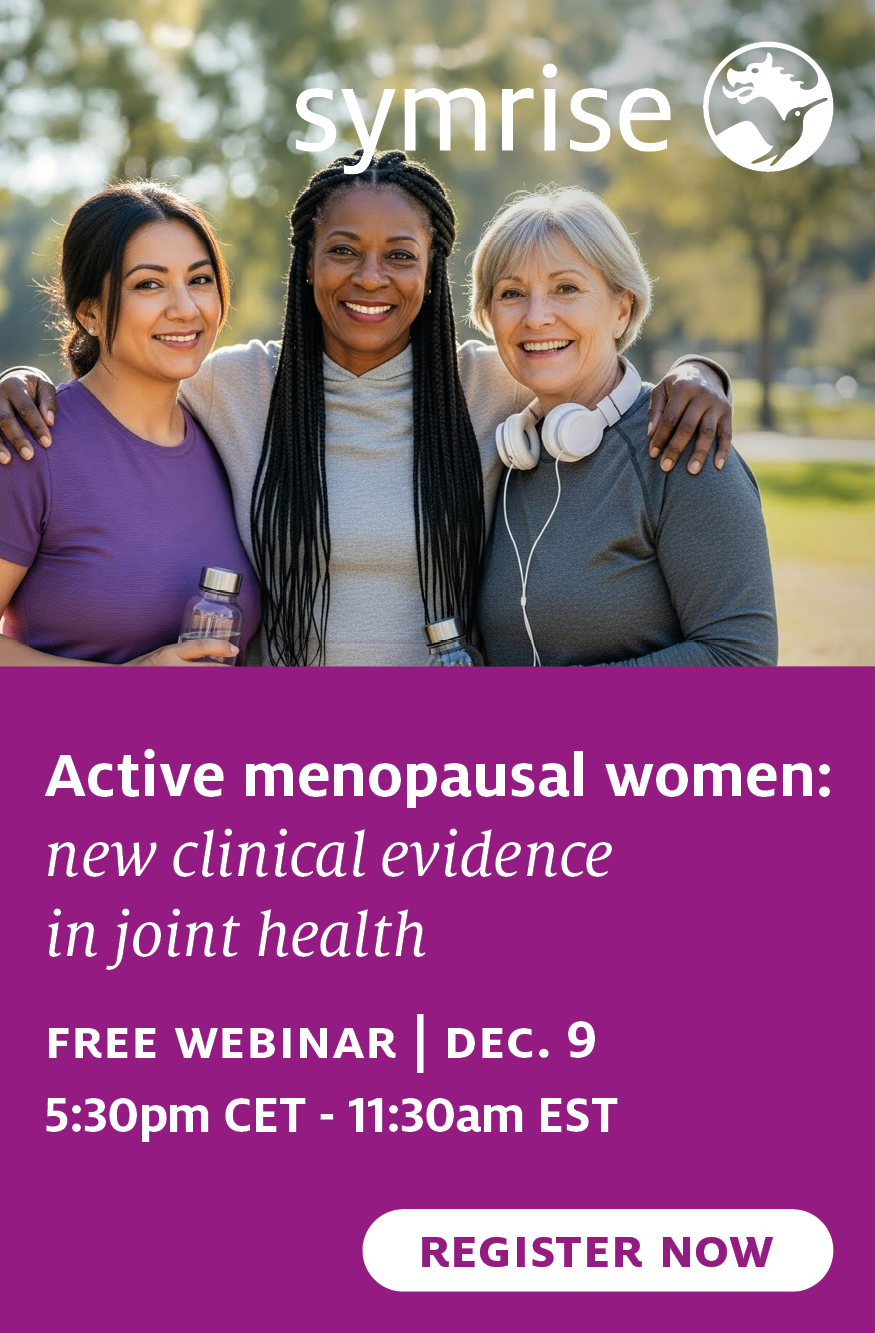Kaiser Permanente study finds “modest elevations” in childhood weight increase hypertension risk

15 Mar 2023 --- A retrospective cohort study evaluating the electronic health records of 801,019 youths between 3-17 years who were actively enrolled in a health plan demonstrated that those who exceeded their average weight were at a 26% higher risk of developing hypertension.
“Obesity may be the most important risk factor for hypertension during childhood,” says Dr. Poornima Kunani, senior author of the study, pediatrician, and researcher at the Kaiser Permanente Manhattan Beach Medical Office.
“Parents should talk to their pediatrician to see if their child might be at risk for hypertension and other preventable chronic medical conditions related to obesity. They can help with strategies for developing habits to keep your child healthy through adulthood.”

The study examined the hypertension risk associated with high normal Body Mass Index (BMI) for age and weight trajectories in youths. Hypertension during youth tracks into adulthood and is related to cardiac and vascular organ damage. The organ damage can be irreversible.
Regular BMI checks The scientists measured the participants’ blood pressure routinely at clinical visits.
The scientists measured the participants’ blood pressure routinely at clinical visits.
The Kaiser Permanente study looked at the upper and lower average range of the participants tracking it from 2008 to 2015. Participants closer to the upper range were more at risk than those closer to the average.
The prevalence of hypertension was 4.6% in US children aged 8 to 12 years and 3.7% in US adolescents aged 13 to 17 years between 2015 and 2018.
“The findings of this study of hypertension among a diverse population of children in Southern California show us the detrimental effects of even a few extra pounds on our young people,” says lead author Dr. Corinna Koebnick, Ph.D. of the Kaiser Permanente Southern California Department of Research & Evaluation.
The youths’ BMI and the changes that occurred leading up to the five-year follow-up were compared. Their blood pressure was also analyzed to determine who had hypertension.
The average body weight was divided into low (5-39%), medium (40-59%) and high (60-84%) to gain insight into the risk of hypertension at a weight below what is considered overweight. Unlike in adults, BMI levels among children and teenagers must be expressed relative to people of the same age and sex.
Blood pressure was routinely measured at the beginning of every outpatient clinical visit. The nurses and medical assistants were trained following the American Association of Critical Care Nurses guidelines for pediatric care.
Research conducted by the Osaka Metropolitan University in Japan investigated what stimulates the brain to cause overeating and discovered a genetic mechanism associated with high-calorie, food-fueled obesity.
Socio-economic influences The BMI of the study participants was compared along with the changes that occurred in the five years of the experiment.
The BMI of the study participants was compared along with the changes that occurred in the five years of the experiment.
The study, published in JAMA Network Open, found that the rate of hypertension was higher among boys than girls and youths on state-subsidized health plans in comparison to those not on state-subsidized health plans.
“This study underscores the need for medical professionals to reevaluate how we correlate and educate about health risks across the spectrum of weight in growing children,” says Kunani.
Additional research found that weight in young children from low-income households increased by 7% in the first six months of the COVID-19 global pandemic.
Data for this study included youths whose parents reported their ethnicity as Asian or Pacific Islander, non-Hispanic Black or African American, non-Hispanic White, Hispanic or Latino and other or unknown race or ethnicity based on various sources, such as registration records, clinical visit records and birth certificates.
The category “other” includes self-reported “other races or ethnicities” and “multiple races or ethnicities.” Data on race and ethnicity were obtained to investigate whether racial and ethnic patient populations experienced disparities in their health and health care.
Initially, 940 409 eligible youths, free of hypertension, were identified for the study. The researchers excluded 139 390 with missing follow-up information because they left the KPSC health plan, there were more than 90-day gaps in their health insurance coverage or they were missing valid follow-up blood pressures or follow-up height measurements.
Meanwhile, more than half of the EU’s adult population is overweight or obese, according to a World Health Organization (WHO) study, prompting stronger calls for tougher regulations and better nutrition labeling.
By Inga de Jong













